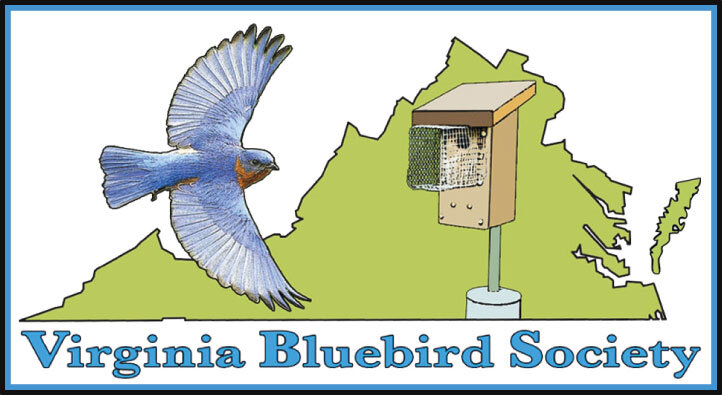Winterizing Nest Boxes
Bluebirds and other cavity nesters often use nest boxes in the winter for nightly roosting. A small group of birds may cluster together for warmth, all in the same box. Our boxes are designed with lots of ventilation so that bluebirds don’t “cook” inside the boxes in the summer heat. But this ventilation can be a disadvantage to birds trying to retain the heat during the winter.
On a nice fall day, inspect all of your boxes. Make necessary repairs, and make sure the inside of the box is clean and free of pests. For winterizing, we have been using the foam insulation that is used around window air conditioning units. It is easy to break into small cubes to stuff into the large vent holes between the roof of the bird box and the side wall. Flexible weather stripping that comes in a putty-like cord can be pushed or formed into the cracks along the sides of the box. Do not plug the bottom drainage holes or the box entrance. Though not necessary, it is a nice touch to gather dry grasses or use dry straw to fashion a “nest” for the bottom of the box.
Just before the nesting season next spring, clean out the box again and remove the foam insulation and weather stripping from the cracks. You can save the pieces of foam in a zip lock bag for next season. In a cool, wet spring, it might actually benefit the birds to leave the insulation in the cracks to help keep the warmth in for the nestlings. Since you will be monitoring your boxes weekly, you can remove the insulation when the temperatures begin to rise.
By Julie Kutruff
